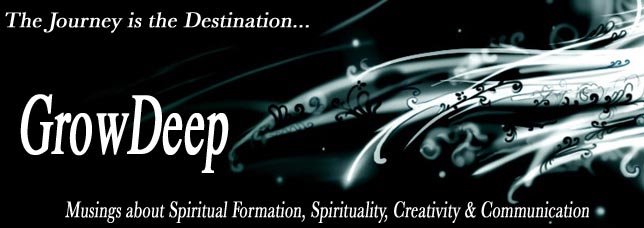Our brain is a small amount of mass weighing about 3 lbs. It's a collection of 100 billion nerve cells, called neurons. Yet, it is estimated that the brain can store more facts, impressions and information than are contained in the entire nine million volumes of the Library of Congress. Mark Twain wrote, "What a wee little part of a person’s life are his acts and his words! His real life is led in his head, and is known to none but himself. All day long, the mill of his brain is grinding, and his thoughts, not those other things, are his history."Jonathan Edwards put it this way:
“The ideas and images in men’s minds are the invisible powers that constantly govern them.”
Scientists, who study the brain tell us that when a thought is triggered, synapses fire and send the message of that thought to another part of the brain that influences emotions, responses, attitudes etc.
Any pattern of thought or action repeated many times results in a habit with a corresponding neurosignature, or brain groove. If a similar synapses fire happens consistently over a period of time, actual, visible grooves literally form on the surface of the brain. A brain groove is a series of interconnected neurons that carry the thought patterns of a particular habit.
After these grooves are formed, one’s thoughts begin to automatically flow in a certain pattern – they follow the groove. Before long, no matter what the situation. No matter how hopeful and optimistic the outcome may look. Our thoughts will still flow down the groove of lest resistance, much like water in an arid desert.
The question then becomes, what does our individual "neurosignature" look like?
Psychologist Mihalyi Csikszentmihaly has done years of research in which thousands of subjects are given pagers that go off at random intervals. People have to write down what they are doing and thinking and feeling when that happens. One of the most striking findings of these studies involves the effect of solitude.
When people are alone, undistracted by noise or activity, their minds naturally drift toward an awareness of discontentment, a sense of inadequacy, anxiety about the future, and a chronic sense of self-preoccupation.
Csikszentmihalyi writes,
Contrary to what we tend to assume, the normal state of the mind is chaos… When we are left alone, with no demands on attention, the basic disorder of the mind reveals itself. With nothing t do, it begins to follow random patterns, usually stopping to consider something painful or disturbing… entropy is the normal state of consciousness.
To avoid this condition, people are naturally eager to fill their minds with whatever information is readily available, as long as it distracts attention from turning inward and dwelling on negative feelings. This explains why such a huge proportion of time is invested in watching television, despite the fact that it is very rarely enjoyed.
The good news is that we can actually restructure our own neurosignatures.
"The mind controlled by the sinful nature is death,
but the mind controlled by the Spirit is life and peace."
(Romans 8:6)
"Whatever is true, whatever is noble, whatever is right, whatever is pure, whatever is lovely, whatever is admirable—if anything is excellent or praiseworthy—think about such things."
(Philippians 4:8)








